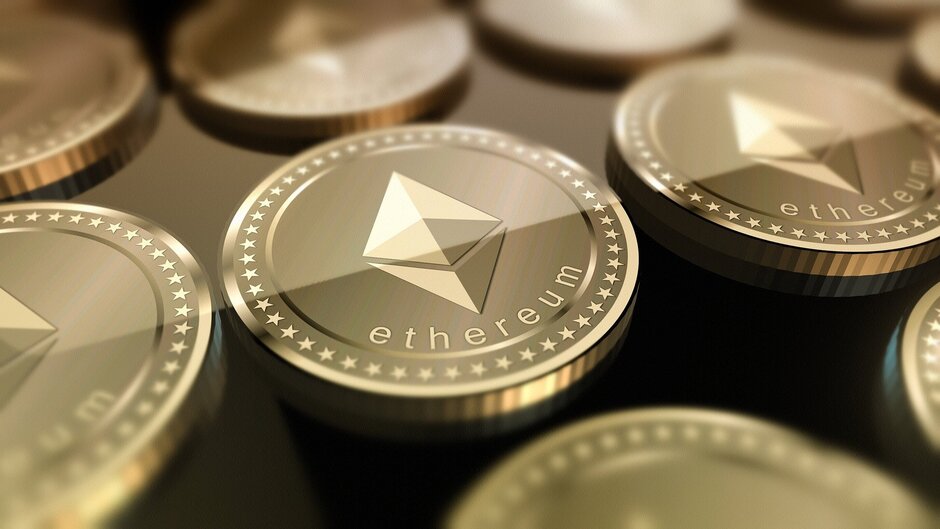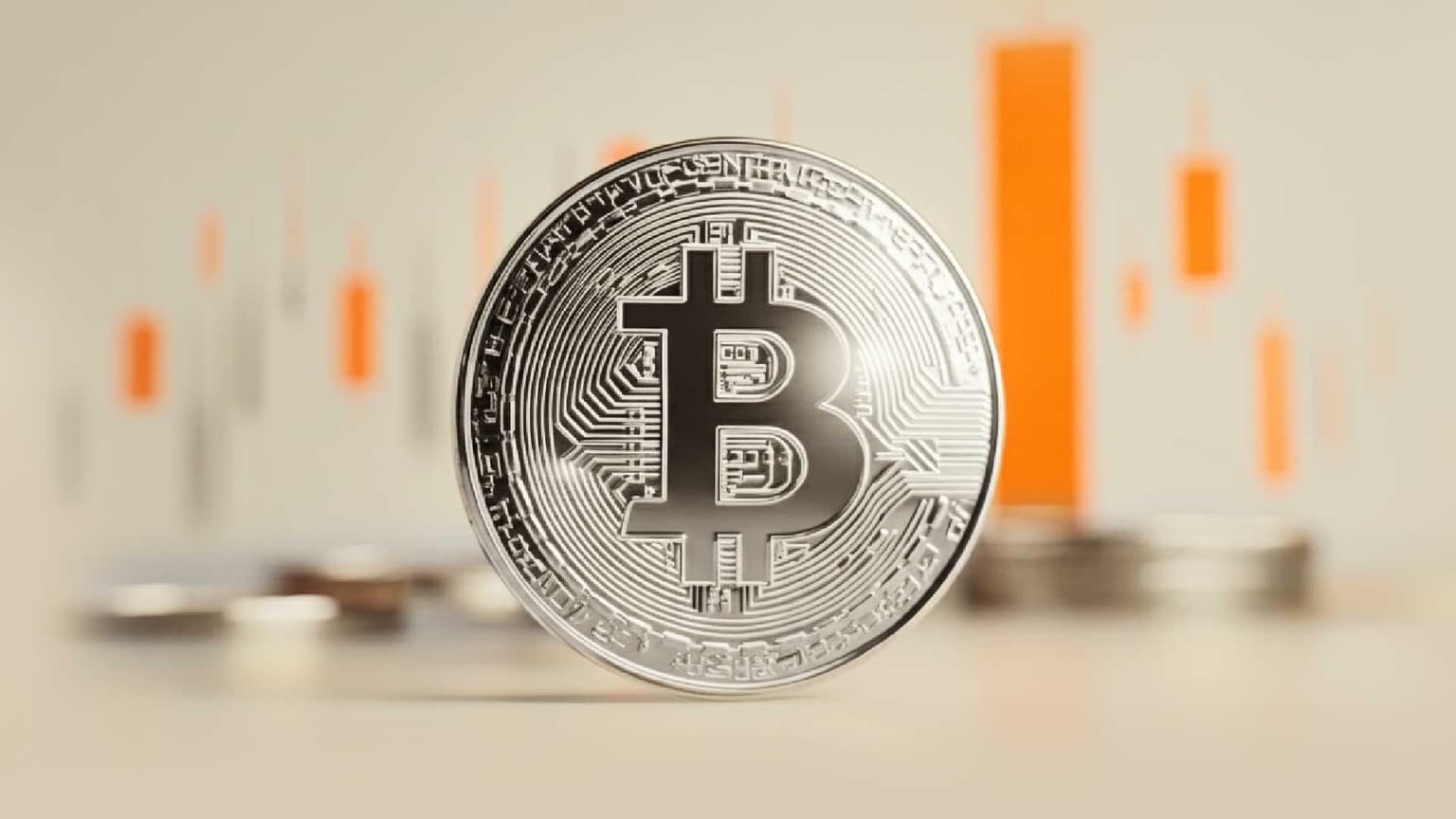Ethereum declines briefly, JP Morgan sees a spot ETH ETF approval despite recent Wells notice
- Ethereum spot ETFs will likely be approved despite recent Wells notices, says JP Morgan.
- Insights from Glassnode show that Ethereum has underperformed Bitcoin in terms of price performance since the recent bull cycle began.
- Ethereum will likely continue trading in key range without a bearish macro event.

Ethereum (ETH) saw a sharp price decline on Friday following data revealing its underperformance compared to Bitcoin (BTC). Despite recent Wells notices to crypto firms, JP Morgan analysts predicted spot ETH ETFs would be approved.
Also read: Ethereum needs a bullish trigger, Joseph Lubin blasts the SEC
Daily digest market movers: Active user growth, declining gas fees, underperforming Bitcoin
In a recent Ethereum-based report, JP Morgan said that the SEC's recent Wells notices to Robinhood Crypto, Consensys, and Uniswap don't pose a challenge to the agency's potential approval of a spot ETH ETF. Although analysts of the banking giants expressed doubt if the products would see approval this month, they noted that the market won't see it as a huge disappointment.
"Markets do not expect an approval by this month as implied by the significant discount to NAV by the Grayscale Ethereum Trust ETHE," they said.
JP Morgan analysts also suggested the SEC may "face a legal challenge and eventually lose" if it denies applications for spot ETH ETFs, considering the agency already approved futures-based ETH ETFs.
In response, General Partner at Van Buren Capital Scott Johnsson expressed an opposite view, stating he would be surprised if a legal battle ensued following a potential spot ETH ETF denial. He mentioned that Grayscale hinted that it won't take the SEC to court this time after withdrawing a "key tool" — probably its application for futures ETH ETF. Johnsson also stated that a denial based on correlation arguments will be "tough to appeal."
Furthermore, Ethereum Layer 2s are about to set a new all-time high in terms of active addresses, with more than 5.2 million monthly active users as of May 5, according to data posted by Leon Waidmann. Combined with monthly active users from the ETH Mainchain, the Ethereum ecosystem would have recorded nearly 7.6 million monthly active users — almost 5x active users in 2022.
The surge in user growth coincides with declining gas fees for Ethereum Layer 2s, which have been reduced more than tenfold since the Dencun upgrade in March, according to data from IntoTheBlock.
Meanwhile, Glassnode data shows that Ethereum has underperformed in the last two years when compared to Bitcoin. This is seen in a low ETH/BTC ratio and ETH drawdown in this cycle (-44%), doubling Bitcoin's (-21%). The Net Unrealized Profit/Loss (NUPL) of Bitcoin "crossed 0.5 and entered the euphoria phase three months before the equivalent metric for Ethereum," noted Glassnode.
Typically, an NUPL greater than 0.5 means unrealized profit from investors is greater than half of an asset's market capitalization.
Read more: Ethereum could experience bullish run, ETH ‘ultrasound’ money narrative at risk
Another key insight from Glassnode data shows that Ethereum is trading close to the purchasing cost of short-term holders (investors who bought the asset within the last 155 days). The short-term holder's cost basis often serves as a resistance during a bearish trend or support during a bullish trend
With the price of Ethereum close to the average STH cost level of $3,010, Glassnode has suggested that recent buyers may "panic should the market experience downside volatility." Recent reported whale purchases around this price level align with Glassnode's STH cost basis.
One interesting part of Ethereum's on-chain activity Glassnode highlighted is that long-term holders within the past one to two years are still holding onto their positions in hopes of "better profit-taking opportunities."
ETH technical analysis: ETH may continue trading in key range despite recent decline
Ethereum saw a price inefficiency on Friday, extending from $3,045 to $2,905. This was accompanied by a sharp liquidation of long positions, reaching $27 million within four hours.
ETH/USDT 4-hour chart
The move isn't a surprise as ETH has leaned toward the downside in the past few days despite uncertainty among traders. However, key predictions remain unchanged as ETH would likely remain trading within the $2,852 to $3,000 range.
The recent decline could present a buying opportunity for whales who have continued purchasing ETH around the $3,000 mark. Without any bearish macro event in sight, ETH would likely hold the range until the SEC decides on Van Ecks' spot ETH ETF application on May 23.
Ethereum FAQs
Ethereum is a decentralized open-source blockchain with smart contracts functionality. Serving as the basal network for the Ether (ETH) cryptocurrency, it is the second largest crypto and largest altcoin by market capitalization. The Ethereum network is tailored for scalability, programmability, security, and decentralization, attributes that make it popular among developers.
Ethereum uses decentralized blockchain technology, where developers can build and deploy applications that are independent of the central authority. To make this easier, the network has a programming language in place, which helps users create self-executing smart contracts. A smart contract is basically a code that can be verified and allows inter-user transactions.
Staking is a process where investors grow their portfolios by locking their assets for a specified duration instead of selling them. It is used by most blockchains, especially the ones that employ Proof-of-Stake (PoS) mechanism, with users earning rewards as an incentive for committing their tokens. For most long-term cryptocurrency holders, staking is a strategy to make passive income from your assets, putting them to work in exchange for reward generation.
Ethereum transitioned from a Proof-of-Work (PoW) to a Proof-of-Stake (PoS) mechanism in an event christened “The Merge.” The transformation came as the network wanted to achieve more security, cut down on energy consumption by 99.95%, and execute new scaling solutions with a possible threshold of 100,000 transactions per second. With PoS, there are less entry barriers for miners considering the reduced energy demands.
Author

Michael Ebiekutan
FXStreet
With a deep passion for web3 technology, he's collaborated with industry-leading brands like Mara, ITAK, and FXStreet in delivering groundbreaking reports on web3's transformative potential across diverse sectors. In addi





